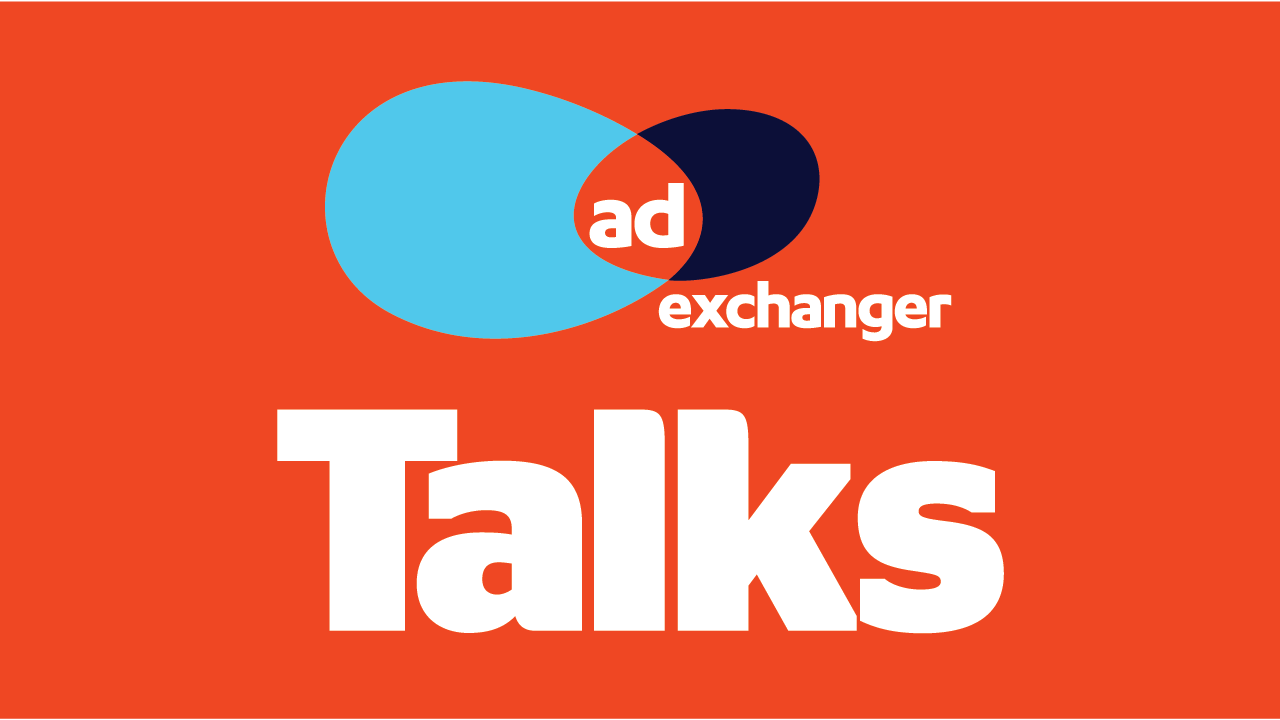
AdExchanger Talks is a podcast focused on data-driven marketing. Subscribe here. This episode of AdExchanger Talks is supported by Tealium.
When Director of Analytics and CRM Madelyn Mills joined Providence St. Joseph Health, the hospital group was transforming from a holding company into a unified enterprise. There was no central marketing function, and Mills helped build a consolidated technology and data stack for the network’s 50 hospitals, 800 clinics and about 100,000 employees.
“We had 100-plus websites with totally different content structures, totally different consumer experiences and, honestly, there was no way to roll up the data,” Mills says on the latest episode of AdExchanger Talks. “Every hospital had its own vendor managing their analytics and their marketing.”
The unification of all that data raised some interesting and often difficult questions about the future of marketing and patient care.
“On the marketing side of the business, we’re getting very early behavioral indicators about what our patients are experiencing. It allows for use cases around machine learning and propensity modeling,” Mills says. “When is it appropriate for a marketer to enable a clinician to intervene early if we think there’s a high likelihood that someone is on a particular disease path? There’s a blurred line in the future between what marketing is and using marketing channels to deliver clinical care.”
The future is exciting for marketers in health care, she says, as it presents an opportunity to improve patient care. “Marketers in that case are not just driving down acquisition costs anymore. We’re not just managing campaigns. We’re having an impact on people’s lives and on clinical outcomes.”
Mills acknowledges the risks associated with omnichannel marketing and personalization in the highly regulated health care sector.
“The one-to-one space is a bit tricky,” she says. “It requires us to have a close relationship with our security, legal and compliance teams. We have an ethical responsibility to use any and all channels that are in the patient’s interest to make sure that they’re receiving care.
“We need to be incentivizing you to stay engaged with us through content and the services that we offer, and it means that there has to be this ongoing relationship with you in any channel. And programmatic is part of that.”
This post was syndicated from Ad Exchanger.


More Stories
Scroll Media boosts in-game advertising with new feature
Kiwi filmmaker spotlights media struggles at top global awards
T-Mobile Has Appointed Kristin Harrer As Senior Vice President and Chief Brand Officer